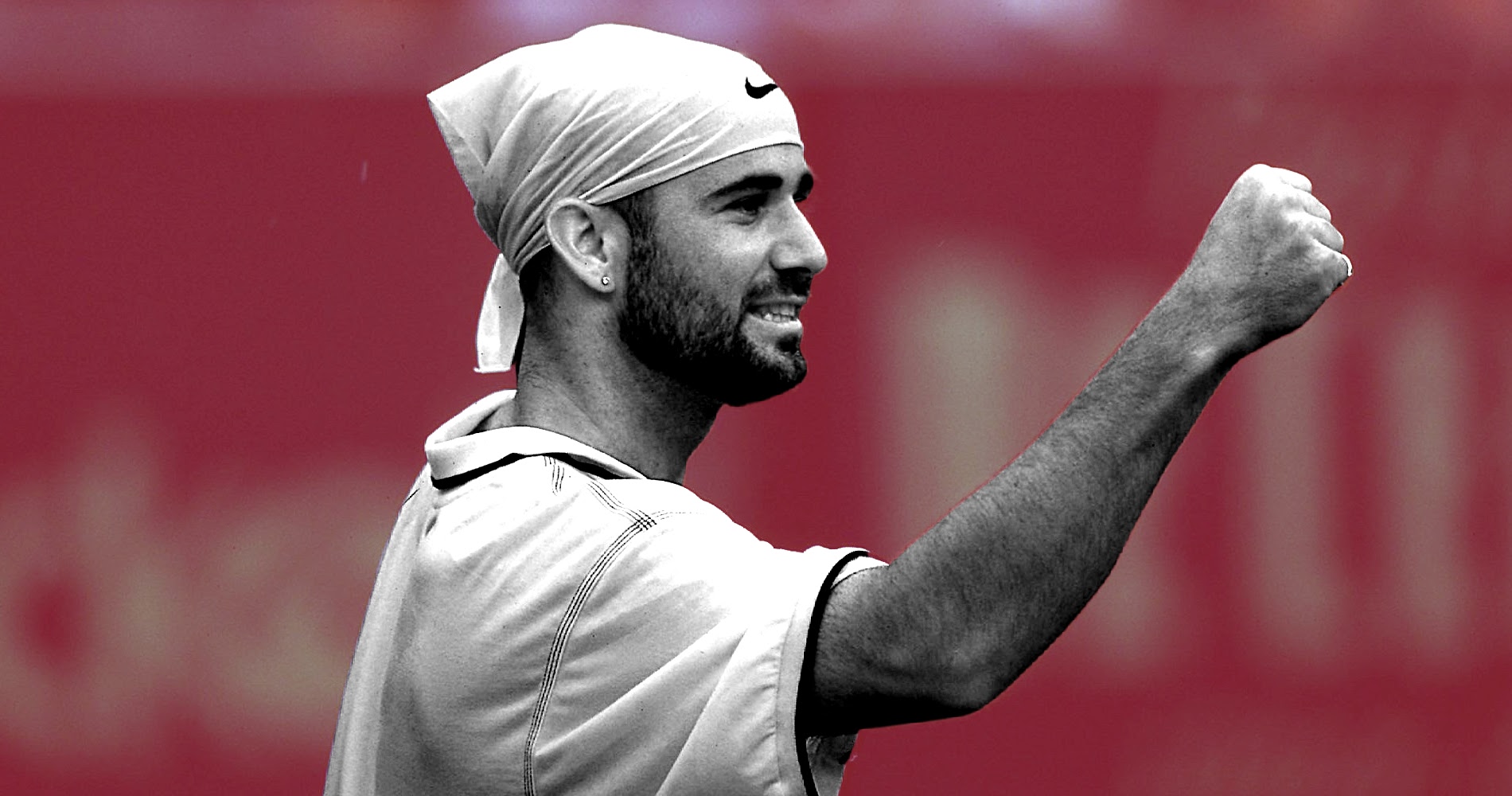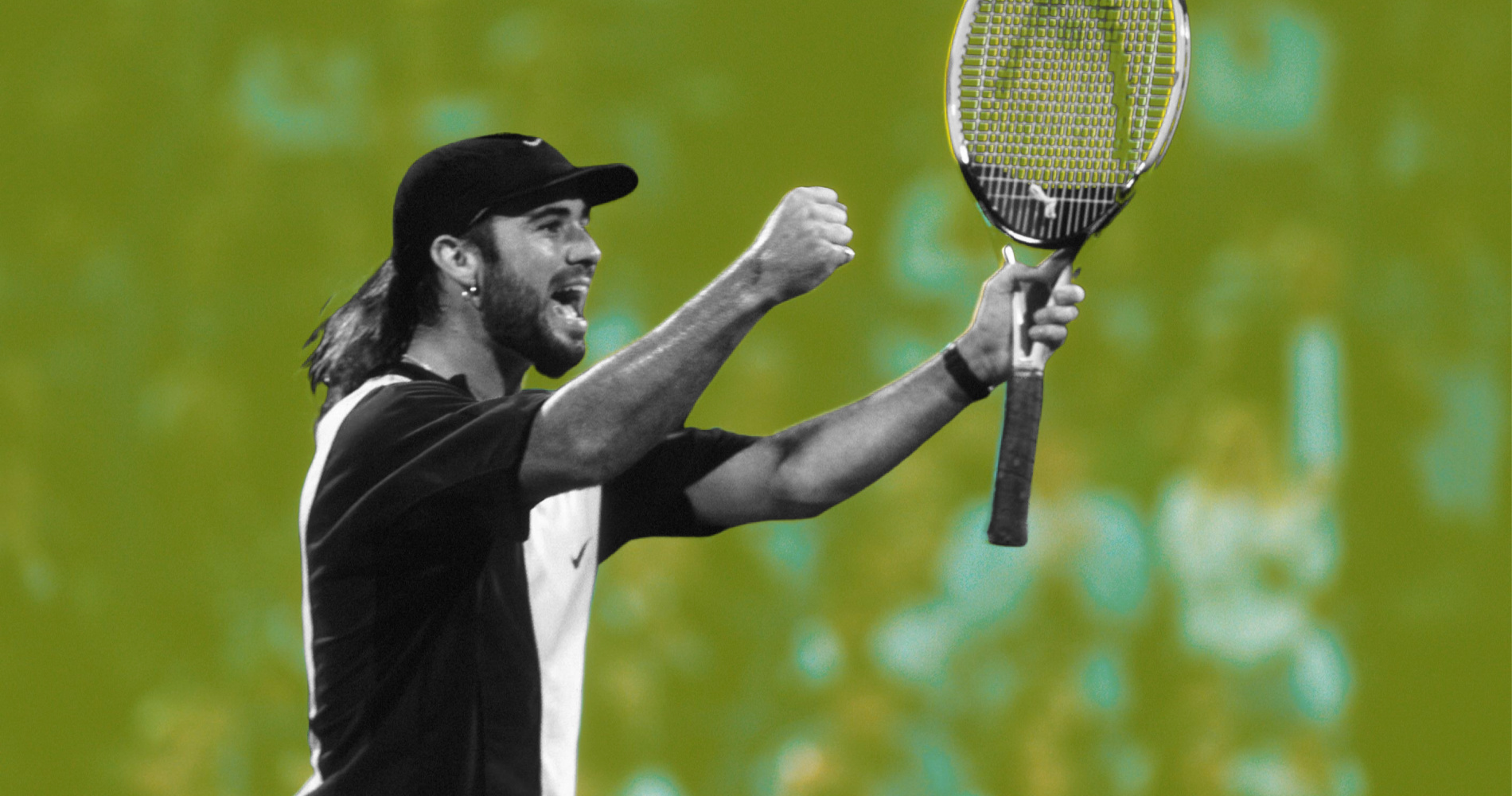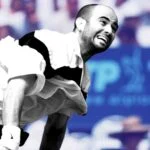April 22, 1998: The day Pete Sampras finally won a match in Monte-Carlo
Every day Tennis Majors takes you back in time to celebrate a great moment in tennis history. Today, we go back to 1998 to witness how the most dominant player of the last five years, Pete Sampras, scored the only win of his career at the Monte-Carlo Open
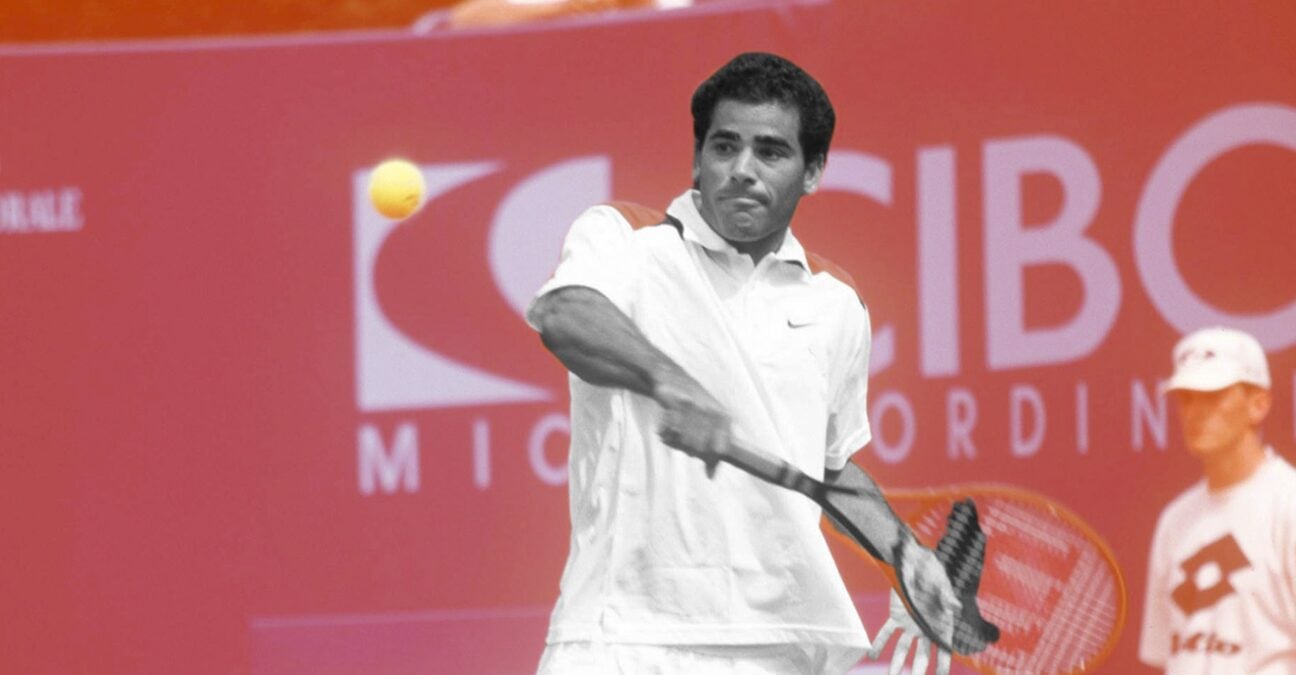
What happened exactly
On this day, April 22, 1998, Pete Sampras, having lost in the first round in his three first appearances in Monte-Carlo, finally won a match at this prestigious clay-court tournament. This first – and last – win at Monte-Carlo occurred against his long-time rival, Andre Agassi, whom Sampras defeated 6-4, 7-5. In their great rivalry, the two champions had never met so early in a tournament since their first meeting, back in 1989.
The players involved: Pete Sampras and Andre Agassi
- Pete Sampras, the dominant star of men’s tennis
Pete Sampras, born in 1971, dominated the game in the 1990s. After a first Grand Slam claimed at the 1990 US Open (where he became the youngest champion of all-time, defeating his rival Andre Agassi in the final, 6-4, 6-3, 6-2), he became world No 1 in April 1993. He then ended the next five seasons (1993-1997) as world No 1, tying a record previously held by Jimmy Connors. Sampras’ serve-and-volley game was particularly lethal on the All England Club grass, where he earned four titles between 1993 and 1997, holding a 32-1 record (the only man to beat him in that span was Richard Krajicek, in the 1996 quarterfinals, 7-5, 7-6, 6-4). Sampras had triumphed four times at the US Open (1990, 1993, 1995, 1996) and twice at the Australian Open (1994, 1997), being now only two titles away from Roy Emerson’s record of 12 Grand Slam crowns. On top of that, the American had won the Masters Cup four times (1991, 1994, 1996, 1997), and had accumulated a total of 53 titles in his career. At the time the American was also closing in on Ivan Lendl’s record of the longest time spent as world No 1 (270 weeks), but in early 1998, bothered by injuries, he lost the top spot to Marcelo Rios.
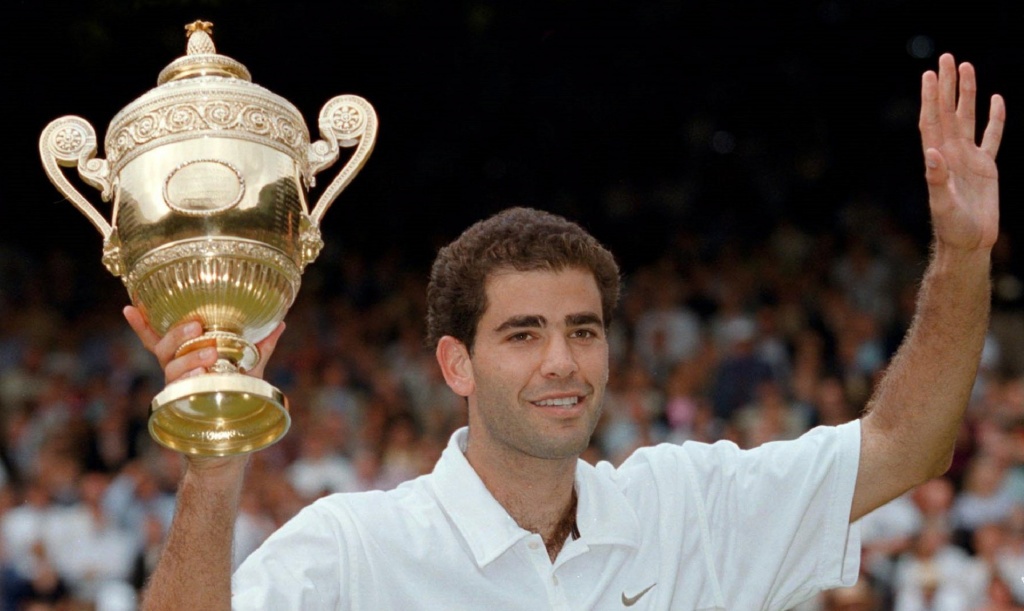
Sampras would have been easily called the greatest of all-time if not for his obvious weakness on clay: his best performance at Roland-Garros was a semi-final reached in 1996 (lost to Yevgeny Kafelnikov, 7-6, 6-0, 6-2), and he had not won a big tournament on this surface since his triumph in Rome, in 1994.
- The Las Vegas Kid, Andre Agassi
Andre Agassi, the Las Vegas Kid, was a tennis legend. He had turned professional in 1986 and he has soon become one of tennis’ biggest superstars, thanks to his amazing tennis skills but also to his interesting outfits, including the iconic denim shorts and the pink bike shorts (worn as underlayer). Taught by his father and developed at the Nick Bollettieri Academy, his game relied on a great return (the best of his era) and on hitting the ball on the rise on both sides with incredible power, which was revolutionary at the time and then copied by generations of tennis players. After finishing runner-up three times, once at the 1990 US Open and twice in Roland-Garros (1990 and 1991), he claimed his first Grand Slam tournament at Wimbledon in 1992, defeating big server Goran Ivanisevic in the final (6-7, 6-4, 6-4, 1-6, 6-4). This title was followed by the 1994 US Open and the 1995 Australian Open, the only time he beat his eternal rival, Pete Sampras, in a Grand Slam final (4-6, 6-1, 7-6, 6-4). He reached world No 1 shortly after this success, on April 10, 1995, for 30 weeks. In 1996 and 1997, despite a gold medal claimed at the 1996 Olympic Games in Atlanta, Agassi had a very hard time and his ranking dramatically dropped as low as world No 141. At the end of that year, he displayed great humility, participating in Challenger events to regain confidence. He started strong in 1998, triumphing in San Jose and Scottsdale (defeating Pete Sampras in the final, 6-2, 6-4), before reaching the final at Key Biscayne (defeated by Marcelo Rios, 7-5, 6-3, 6-4). Ranked 110th in the world at the start of the year, he was already world No 21 by April.
The place: Monte-Carlo Country Club
Located at the top of the Rocher de Monaco, with a unique perspective on the Mediterranean Sea, the Monte-Carlo Country Club hosted one of the oldest international tennis tournaments since 1928. Usually considered as the start of the clay-court season, it was a part of the Masters 1000 category. Amongst its former champions, there was a long list of clay-court legends, such as Bjorn Borg, Guillermo Vilas, Ivan Lendl, Mats Wilander, Sergi Bruguera or Thomas Muster.
The facts
When Pete Sampras and Andre Agassi faced each other in the second round of the 1998 Monte-Carlo Open, it was their 22nd meeting on the Tour, but they had never met so early in a tournament since their very first match-up, in Rome, in 1989. However, this time, although he was quickly coming back to the top, Andre Agassi, after a terrible 1997 season, was only world No 21 and therefore, unseeded at Monte-Carlo.
The prestigious clay-court tournament, won in the past by so many Roland-Garros champions, was not one of their favourite tournaments. In fact, they had both attended the event only three times before, and, if Agassi had managed to reach the Round of 16 in 1996, Sampras had never won a single match on the Rocher. The four-time Wimbledon champion had just lost the world No 1 spot to Marcelo Rios, and he had entered the Monte-Carlo main draw at the last minute thanks to a wild card.
As often though, facing Agassi helped Sampras pulling out a great performance. Although his clay-court records were nowhere near as good as Agassi’s, the world No 2 prevailed in straight sets, 6-4, 7-5. However, the match had not been easy for Sampras. The Las Vegas Kid blew a 2-0, 40-30 lead in the first set, and a 5-3, 30-0 lead in the second set.
“I just should have pulled the trigger earlier,” Agassi said, according to The New York Times. “To beat Pete, even though he’s not maybe playing his best, requires you to play aggressively at the right times.”
“It was a little bit awkward for Andre and I to play each other in the second round,” Sampras said. “I’m used to playing him later on in the tournament where I’m playing a little bit better. We were both a little bit nervous out there.”
After three first-round losses at Monte-Carlo, Sampras had finally managed to score a win, at his fourth attempt.
“Everyone thinks I can’t play on clay,” Sampras added. “But I know deep down that I can play on this stuff. It’s just more of a struggle.”
What next
Despite this good performance, Sampras would prove himself wrong in the following round, where he would be outplayed by Frenchman Fabrice Santoro, 6-1, 6-1. Although he would triumph in Atlanta, on American clay, the following week, and recover the top spot, Sampras would never achieve any more remarkable results on red clay. In fact, until the end of his career, in 2002, he would never go past the Roland-Garros second round again.
Unlike his rival, Agassi would finally win Roland-Garros, in 1999, defeating Andrei Medvedev in an epic five-set final (1-6, 2-6, 6-4, 6-3, 6-4).
Although Sampras would play until 2002, and Agassi until 2006, neither of these two champions would ever appear again at the Monte-Carlo Open.
